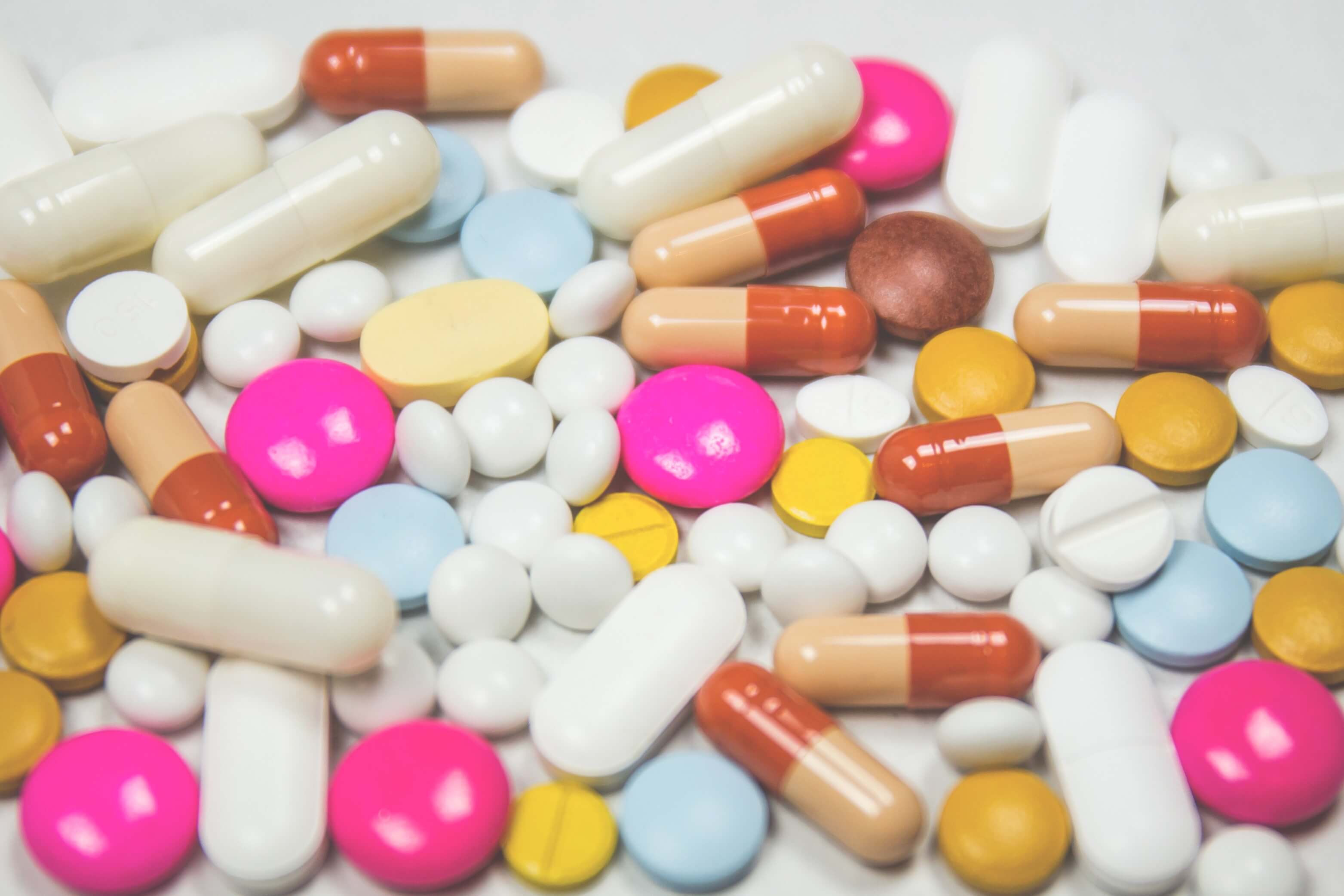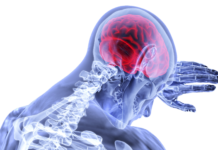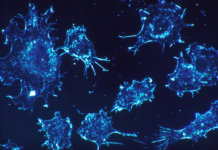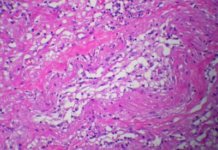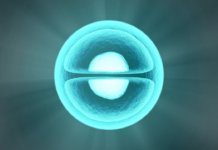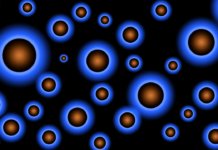Aging: Fight Parkinson’s disease with a super molecule
Parkinson’s disease is one of the most common age-related neurodegenerative diseases. It affects more than 10 million people worldwide[1] but there is currently no cure for this disease. In addition, therapies currently on the market target symptoms, and their long-term use results in a loss of therapeutic effectiveness and significant side effects[2].
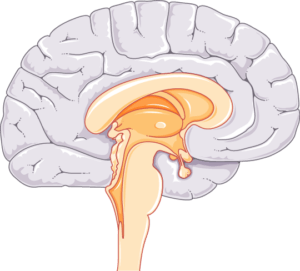
The origin of Parkinson’s disease is multifactorial, genetic and environmental, but little is known about the molecular processes involved in pathogenesis. Nevertheless, recent scientific studies and reviews[3,4] have highlighted the role that inflammation in the brain plays in the occurrence of neurodegenerative diseases, particularly Parkinson’s disease. Neuroinflammation is marked by the activation of microglia, the immune cells of the central nervous system. When activated, they release different types of pro-inflammatory and cytotoxic factors such as cytokines, reactive oxygen derivatives and reactive nitrogen derivatives[2]. The accumulation of these factors contributes to the slow and progressive loss of dopaminergic neurons, characteristic of Parkinson’s disease.
A molecule that protects against Parkinson’s disease?
To try to fight the impact of neuroinflammation on Parkinson’s pathogenesis, a team of researchers studied the neuroprotective properties of tetrahydroxystilbene glucoside, abbreviated TSG, against the degeneration of dopaminergic neurons[2]. TSG is a widely studied molecule with many beneficial effects: it neutralizes free radicals, has an antioxidant and anti-inflammatory role, protects against cerebral ischemia[2] and increases the life span of the C. elegans worm[5].
The experiments conducted during the study were carried out in vivo on neurodegeneration model rats and in vitro on co-cultures of glial cells and dopaminergic neurons. In vivo results showed that TSG significantly decreased neuron loss and in vitro studies showed that the mechanisms responsible for this neuroprotection passed through glial cells, in particular microglia and astrocytes. Indeed, TSG induces the protection of dopaminergic neurons through two mechanisms: by attenuating the neuroinflammation induced by microglia and by reinforcing the neurotrophic effects (responsible for the growth and survival of neurons) carried by astrocytes[2].
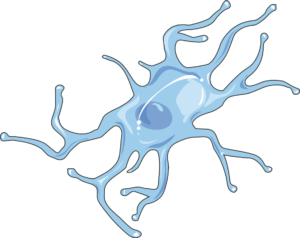
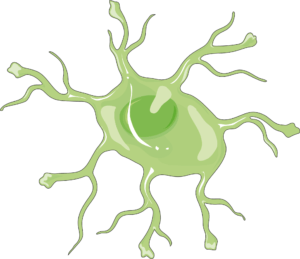
Current symptomatic treatments do not stop neurodegeneration, and the incidence, as well as the very disabling consequences of this disease, indicate the need to develop new therapies. The results of this article demonstrate that inhibition of neuroinflammation through the brain’s immune cells could become a promising therapeutic pathway to treat Parkinson’s disease.
References
[1]
[2] Zhou et al. Journal of Neuroinflammation (2018) 15:161 https://doi.org/10.1186/s12974-018-1194-5
[3] V. Sanchez-Guajardo et al. / Neuroscience 302 (2015) 47–58
[4] Wang et al. Translational Neurodegeneration (2015) 4:19 DOI 10.1186/s40035-015-0042-0
[5] Christian Büchter, Liang Zhao, Susannah Havermann, Sebastian Honnen, Gerhard Fritz, Peter Proksch, and Wim Wätjen. TSG (2,3,5,4’ -Tetrahydroxystilbene-2-O–D-glucoside) from the Chinese Herb Polygonum multiflorum Increases Life Span and Stress Resistance of Caenorhabditis elegans. Oxidative Medicine and Cellular Longevity Volume 2015, Article ID 124357, 12 pages
Anne Fischer

Author
Auteur
Anne is studying medicine science at the Institute of Pharmaceutical and Biological Science in Lyon and she has graduated with a Bachelor’s degree in molecular and cellular biology at the University of Strasbourg.
More about the Long Long Life team
Anne étudie les sciences du médicament à l’Institut des Sciences Pharmaceutiques et Biologiques de Lyon. Elle est titulaire d’une licence en biologie moléculaire et cellulaire de l’Université de Strasbourg.
En savoir plus sur l’équipe de Long Long Life


